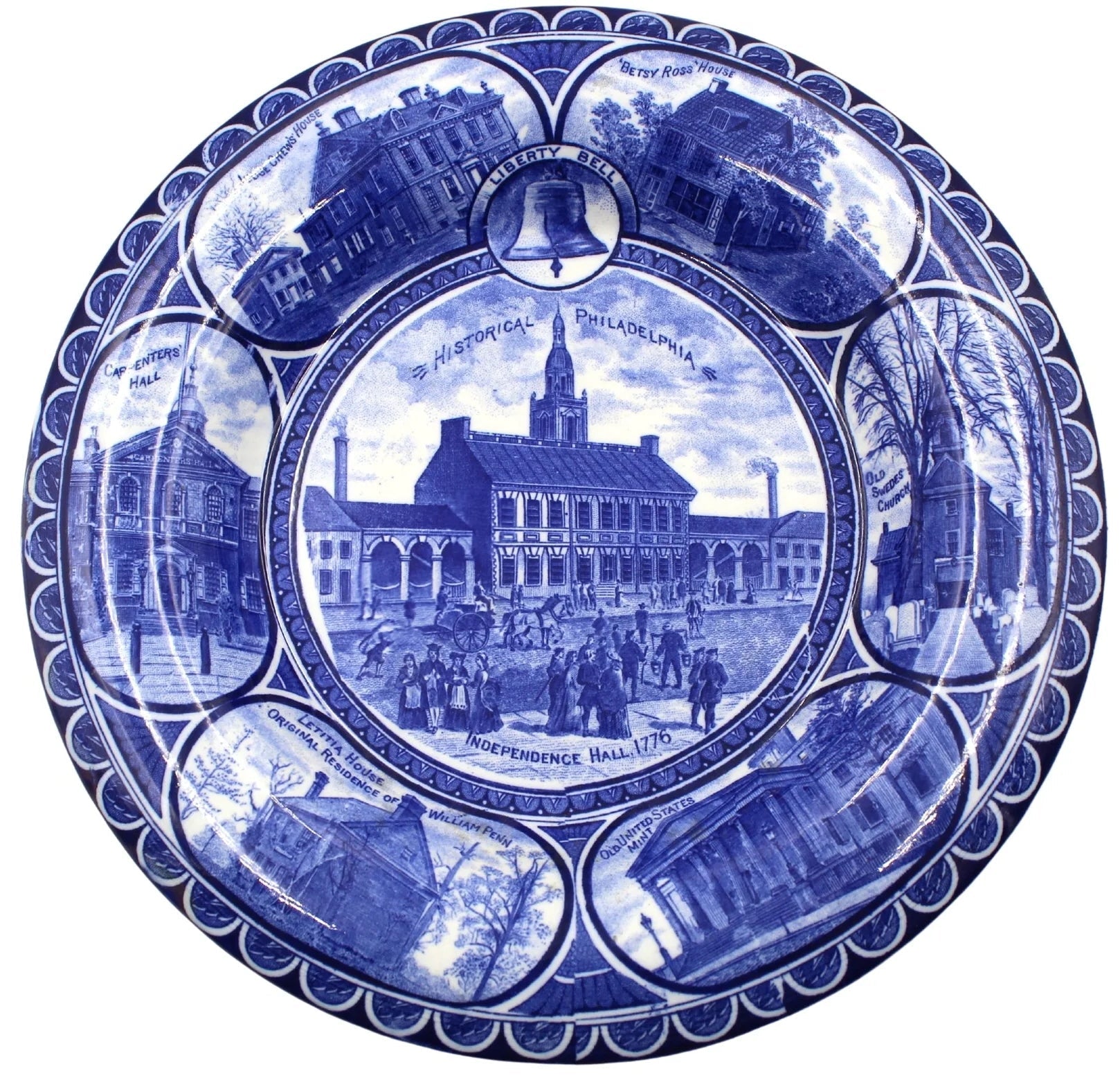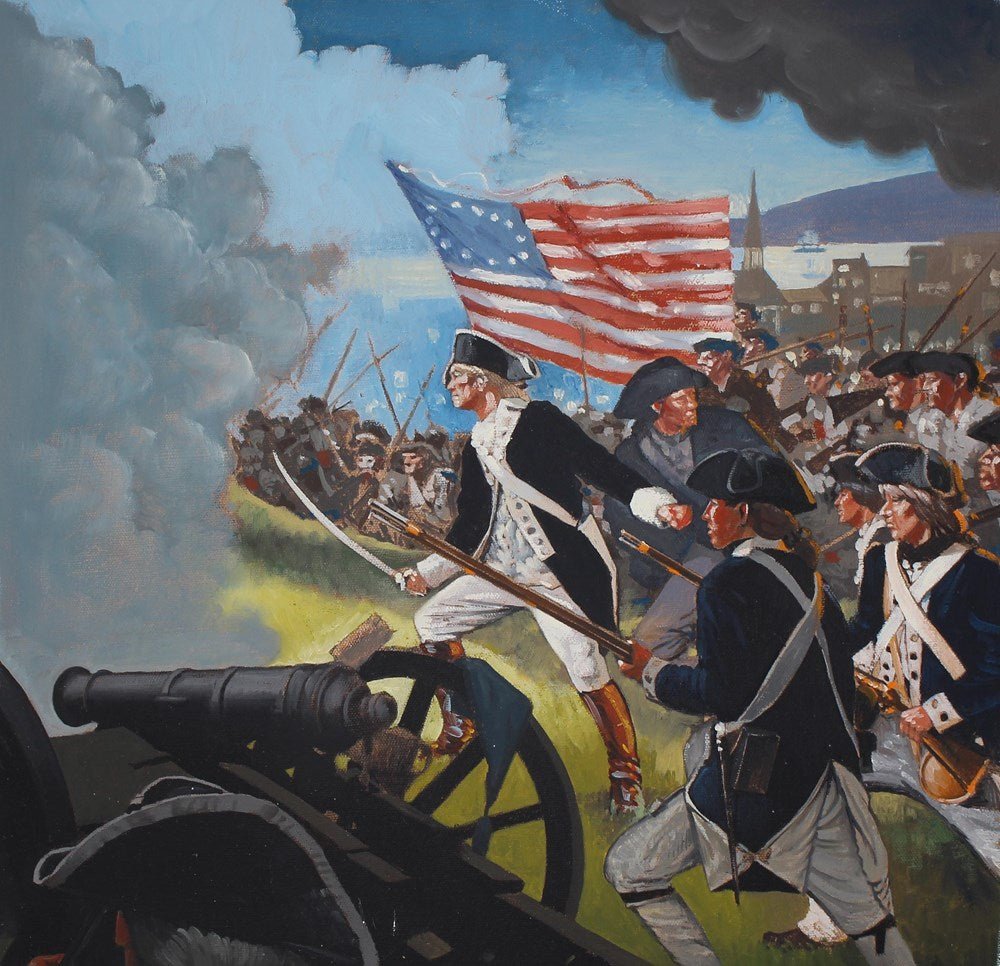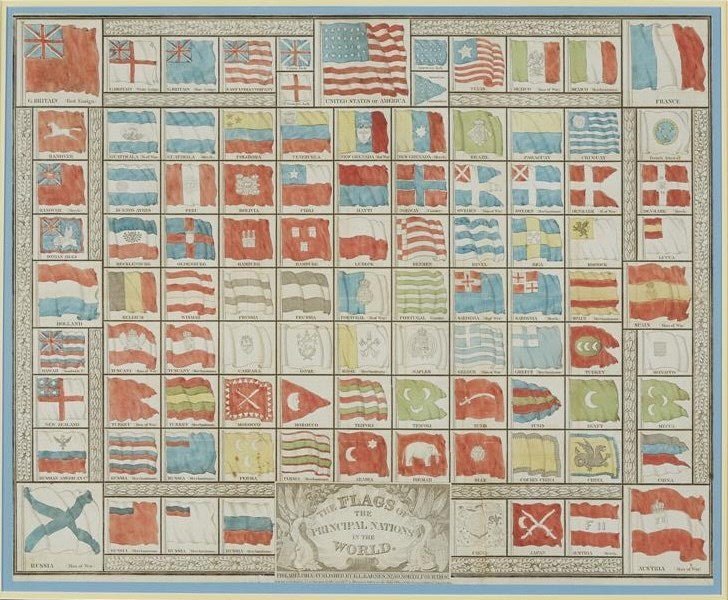The Flying Tigers
New to our Colorado shop is an early edition printing of The Flying Tigers. The Story of the American Volunteer Group by Russell Whelan, signed by seventeen members of the Flying Tigers. An incredible piece of aviation and WWII memorabilia, the fliers of the First American Volunteer Group who have signed this book include Tex Hill, Dick Rossi, Eric Schilling, Charlie Mott, James H. Howard, Ed Rector, Robert (Buster) Keeton, Rich Richardson, Parker S. Dupouy, Ken Jernstedt, Charlie Bond, Chuck Engle, Peter Wright, Joe Rosbert, Ed Stiles, Leo J. Schramm, and Rody Rodewald.
In April 1941, American President Franklin Roosevelt issued a secret executive order authorizing reserve officers and enlisted men to resign from the Army Air Corps, Naval, and Marine air services for the purpose of serving in the American Volunteer Group under the command of Claire Lee Chennault. The group was created to fight the Japanese in Burma and China, before America had officially joined the war. “While U.S. support for the Allied cause was growing at a steady pace, most Americans still felt distanced from the conflict enveloping Europe and Asia and did not want to go to war. At the highest levels of the government, however, entering the war appeared inevitable. The AVG was one way of gaining experience in this vicious war, while increasing support for the nations fighting the Axis powers” (Eisil, 2021).
Chennault divided his unit of almost 100 fighters into three squadrons, stationed two in Kunming and the third in Burma to protect China’s passage to the sea. The AVG first saw combat on December 20, 1941 when ten enemy heavy bombers raided Kunming. AVG fighters intercepted the bombers, shooting down six and damaging three while sustaining no casualties of their own. With the support of Chinese code breakers and signal intelligence, the AVG continued to provide cover for Chinese ground forces and defend Chinese cities against attacks by enemy Japanese bombers. Although it was a short-lived unit, during the seven months they flew combat, they destroyed almost 300 Japanese airplanes.
The group became famous for its ability to inflict outsize damage on Japan's better-equipped and larger aircraft fleet. The AVG predominantly flew Curtiss P-40s, decorating the planes with distinctive red noses and menacing toothy grins. This nose-art garnered them the legendary nickname of the “Flying Tigers.” A force to be reckoned with, the group generated thirty-nine American aces during the short span of their combat history.The Flying Tiger members and Chennault were highly celebrated at the time, and in 1992, AVG veterans were finally recognized as members of the military services. All AVG members were awarded the Distinguished Flying Cross and the ground crew were rewarded the Bronze Star. Their story is one of bravery, talent, and patriotism, making this signed edition of Whelan’s book a must-buy for collectors of WWII memorabilia.









